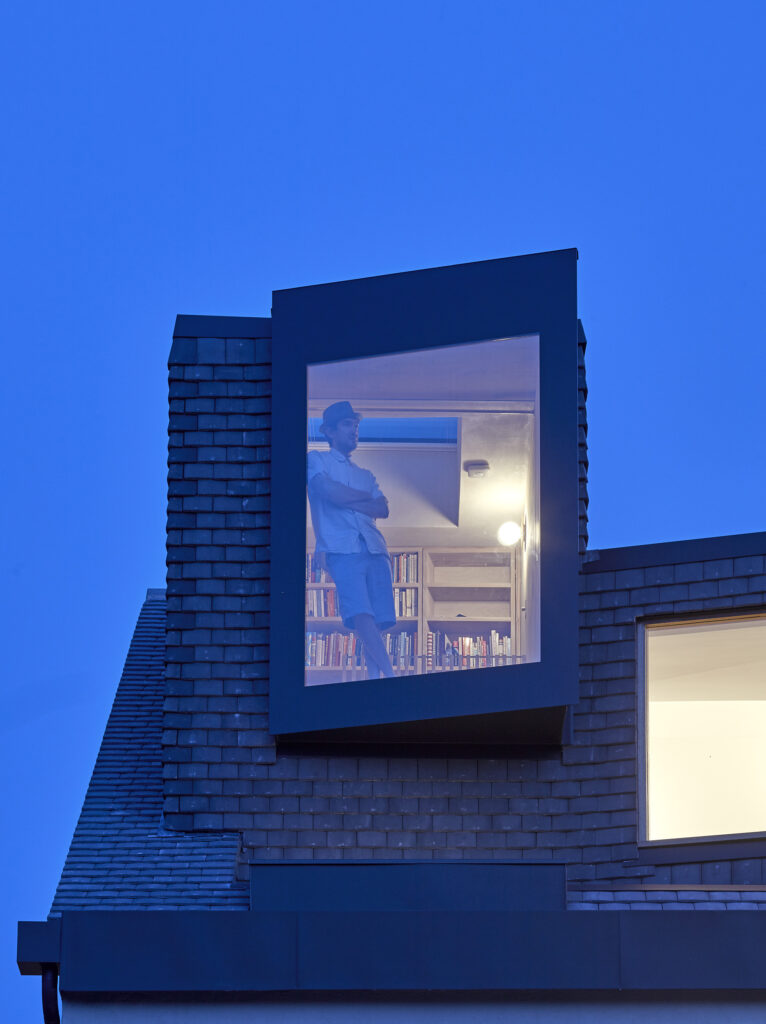Given the pressing need for low-energy and low-embodied carbon designs, the industry has seen a growing emphasis on standards like Passivhaus for new builds. But what about the vast number of existing buildings that do not meet these criteria? Enter EnerPHit.

1. The Architect’s Evolution: From New Builds to Retrofits
When I began my career 20 years ago, the primary emphasis was on new-build projects. The exciting prospect of constructing new structures from the ground up was the norm. However, as the years went by and the urgency of addressing climate change became more evident, the focus started shifting towards how we can also make older structures more energy efficient.
2. The Passivhaus Standard: Setting the Benchmark
The Passivhaus Standard came as a breath of fresh air, setting the bar high for thermal performance in new structures. It was designed with a primary focus on new builds, where every aspect of the building, from its fabric to its structure, was chosen to enhance thermal performance. As architects, we appreciated the rigorousness of the standard, but soon realised its limitations for retrofit projects.
3. The Rise of EnerPHit: Answering the Retrofit Challenge
Understanding that the high standards of Passivhaus weren’t always achievable for retrofit projects, the EnerPHit standard was born. Recognised by the Passivhaus Institute, EnerPHit acts as a bridge, allowing older buildings to be renovated closer to the stringent Passivhaus standards. It considers the nuances and challenges of retrofitting, especially when it comes to fixed aspects of existing buildings.
4. Delving Deeper: Key Elements of the EnerPHit Retrofit
EnerPHit doesn’t merely provide a broad-brush approach. It specifically addresses several critical elements in older buildings, including:
- Improved fabric performance
- Overall limit on energy demand and emissions
- Comfort and health outcomes
- Closure of energy performance gap
By focusing on these aspects, EnerPHit ensures that older properties can achieve energy efficiency comparable to their newer counterparts.
5. Why the Shift Towards EnerPHit is More Important Than Ever
In the wake of the UK government’s 2019 pledge to achieve net-zero carbon emissions by 2050, the construction industry has undergone a paradigm shift. While products like Green Life Building’s SIP panels are emerging as favourites for new builds, the importance of retrofitting cannot be overstated. It’s not just about constructing new energy-efficient buildings; it’s also about transforming our existing ones.
6. The Practical Implications: Achieving EnerPHit Standards
Using technologies such as SIP panels, which can be retrofitted into existing properties, buildings can achieve the coveted EnerPHit standards. This not only reduces heating energy requirements and carbon dioxide emissions by up to 90% compared to traditional structures but also offers a plethora of benefits to homeowners and businesses alike.
7. The Tangible Benefits of the EnerPHit Retrofit
At our studio, we’ve observed a wide range of advantages for properties renovated to the EnerPHit standards:
- Significant reduction in energy bills
- Enhanced energy security
- Comfortable and consistent living conditions
- An increase in property value
- A notable reduction in carbon footprint
8. More Than Just Numbers: The Comfort of EnerPHit Retrofits
It’s essential to highlight that EnerPHit doesn’t just mean statistical energy savings. For those residing or working within, it translates to a tangible increase in comfort. Expect consistent and ambient air temperatures, draft-free spaces, controlled humidity, and an environment free from surface condensation and mould growth.
9. The Architect’s Perspective: Embracing the Change
As someone who has been a part of this industry for two decades, adopting and promoting EnerPHit has been a transformative experience. It’s not just about being in line with legislation or industry standards; it’s about reshaping our architectural landscape, making it more sustainable and future-ready.
10. The Path Ahead: Retrofitting for a Sustainable Future
As we move forward, retrofitting will play a pivotal role in shaping the future of sustainable architecture. By embracing standards like EnerPHit, we’re not just upgrading buildings; we’re ushering in a new era of responsible and visionary architectural design.
In conclusion, the EnerPHit standard offers a beacon of hope for older structures, ensuring they are not left behind in the race towards a sustainable future. By marrying contemporary design with stringent energy efficiency standards, we can create buildings that stand the test of time, both in terms of design and functionality.
If you would like to talk through your project with the team, please do get in touch at mail@risedesignstudio.co.uk or give us a call at 020 3290 1003
RISE Design Studio Architects company reg no: 08129708 VAT no: GB158316403 © RISE Design Studio. Trading since 2011.
